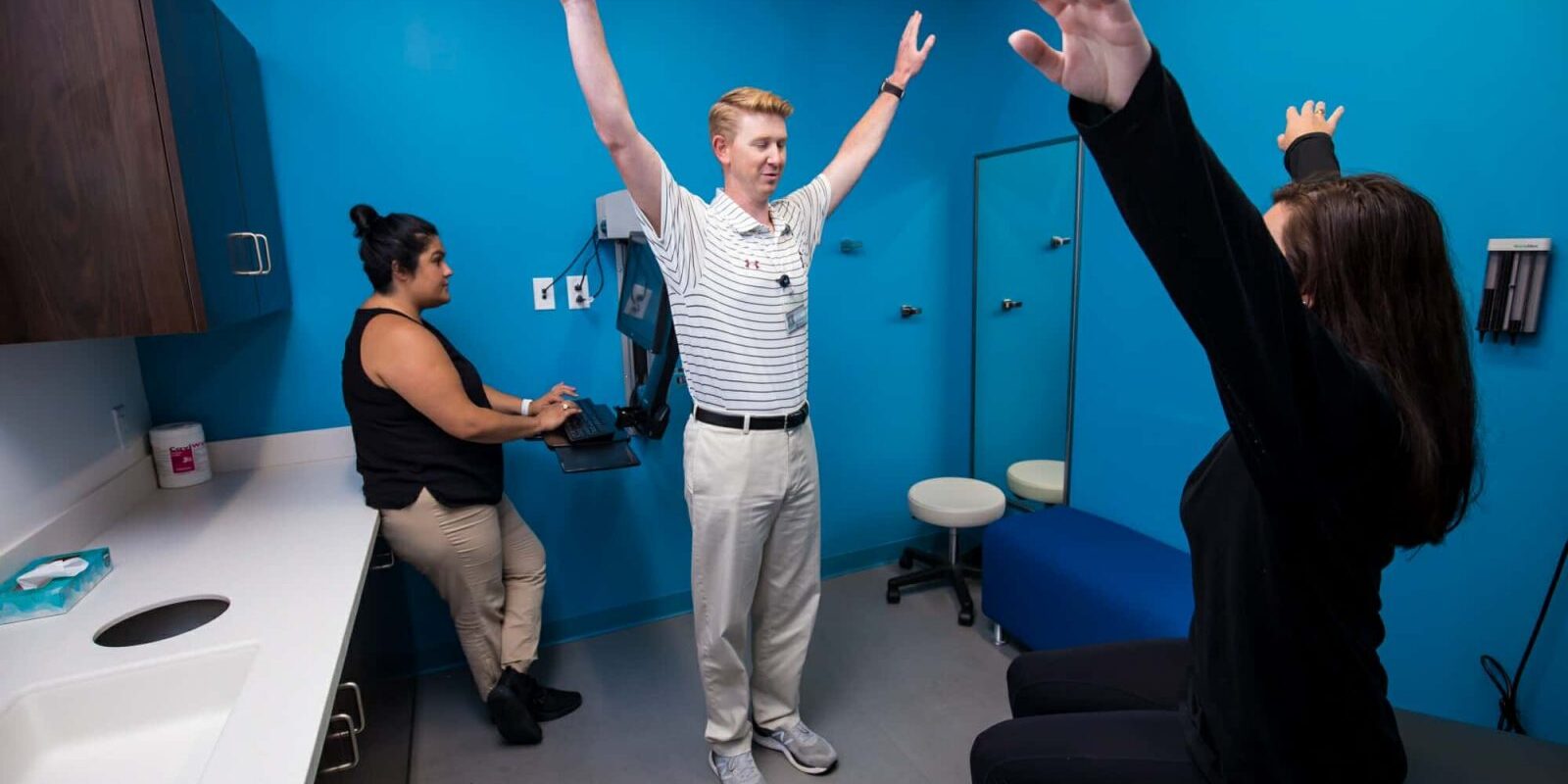
Two Requirements To Practice
1) The BOC Exam
To become an Athletic Trainer, you must pass the BOC exam offered by the Board of Certification. Each version of the test contains 175 questions, some of which are test items and won't be counted toward your score. You won't know which questions are test items, however, so it's important to answer every question as if it has the potential to impact your results.
Each version of the exam contains a mix of stand-alone items and "focused testlets." Stand-alone items are individual questions that aren't related to the other questions on the exam, while a focused testlet provides a scenario and asks you to answer several questions based on the details provided. You'll have four hours to complete the computer-based exam.
2) State License/Credentials
To practice as an Athletic Trainer, you must obtain the required credential from your state. Many states have credentialing organizations specifically for Athletic Trainers; some of these organizations include Athletic Trainers and physical therapists. In the remaining states, credentialing organizations include boards of medicine, state departments of health and divisions of professional licensing. For example, Athletic Trainers in Pennsylvania must obtain a credential from the Pennsylvania Board of Medicine, while Athletic Trainers in Alaska are credentialed by the Alaska Division of Corporations, Business and Professional Licensing. It’s important for you to identify the state or states you want to be credentialed in and investigate the local process.

Getting a Job in Athletic Training
Searching for Athletic Training Jobs
Employers use a variety of recruitment methods to fill open Athletic Training positions, so don't limit your career growth by relying on just one or two websites to let you know when new jobs are available. The National Athletic Trainers' Association (NATA) has an online career center that allows their members to view a complete list of all available jobs or narrow the search by state or region.
Indeed, LinkedIn, and other career websites also have Athletic Trainer job listings, but they're mixed in with ads for other types of jobs, so use specific keywords to identify jobs that align with your skills and interests. Explore our career pathways page for more information on specific fields and how to find jobs within them. Your college alumni association and professional network are also good resources, especially if your contacts are already working in Athletic Training and know of jobs that haven't been advertised yet. Networking is always an important practice, so consider reaching out to those you job shadowed with, professors, and ATs in your local community.
Applying for Athletic Training Jobs
As you identify job openings, take a look at each job description to determine if you meet the minimum criteria. If you do, note the application requirements and start preparing your application materials. Some hiring managers ask for a cover letter or list of references, while others don't. Improve your chances of getting the job by providing exactly what's requested by each employer.
If résumé writing isn't your strong suit, have someone review your current résumé and suggest changes. Your college may offer résumé review services to their alumni, so check with the school's career center to find out if this is an option. Start practicing your interviewing skills as early as possible to give yourself enough time to overcome any challenges and build confidence.
Continuing Education And Training
Even once you’re employed as an Athletic Trainer, on-going learning is a must to stay up-to-date in the rapidly changing healthcare environment. ATs must meet ongoing continuing education requirements and maintain current ECC certification to maintain BOC certification. Continuing education takes many forms, from home study courses to in-person conferences. Some employers provide financial support for continuing education as a job benefit.
Residency and doctoral programs are other ways to continue learning.

